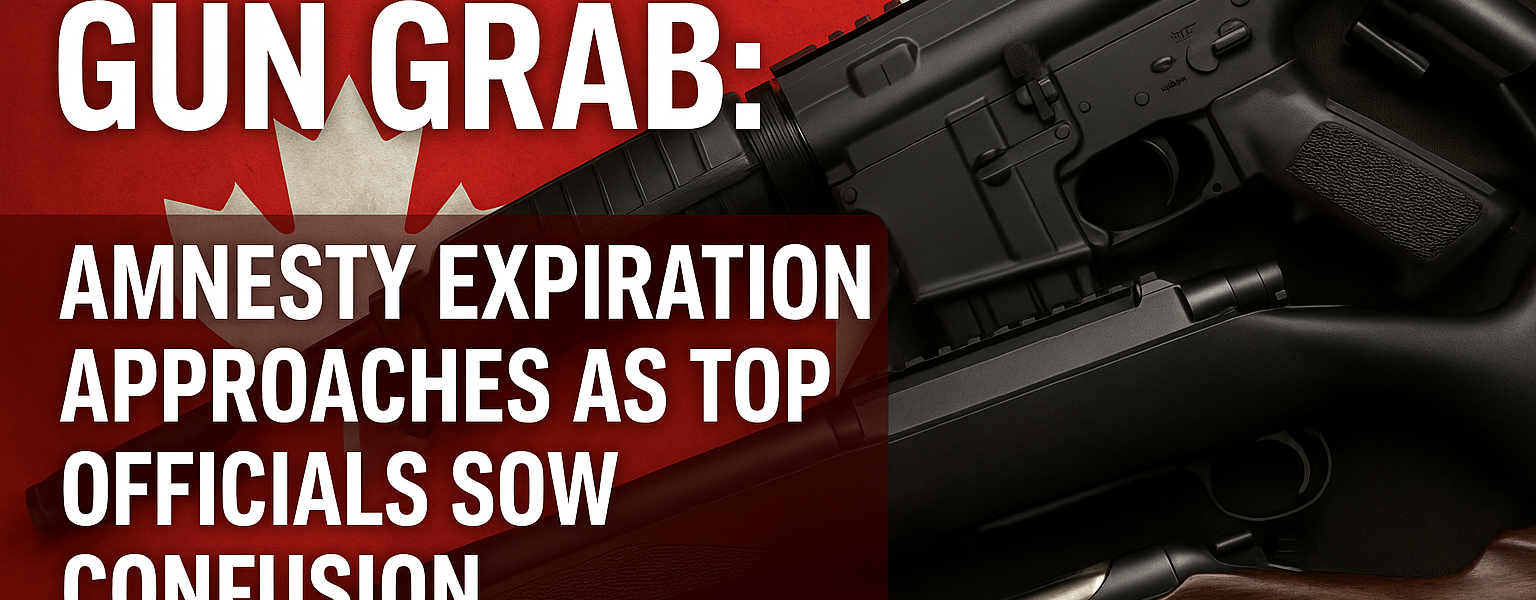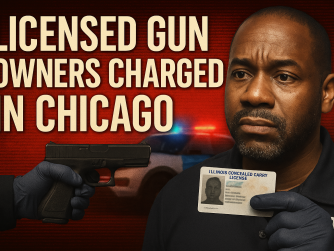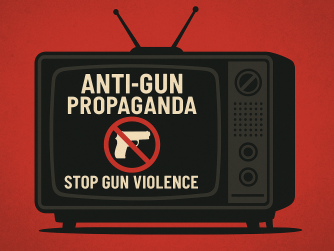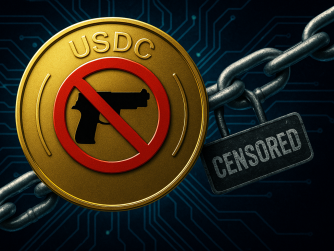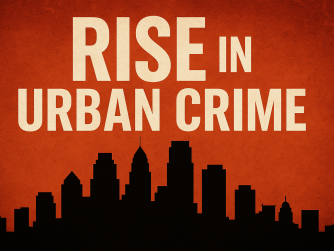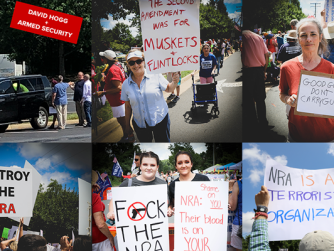For years, Canada’s Liberal government has relied on political sleight of hand to market its sweeping gun control legislation. Since the introduction of the 2020 “assault weapon” ban, officials have insisted on calling the mandatory confiscation program a “buyback”—a term carefully chosen to make the scheme sound less like state seizure of private property and more like a friendly transaction. Now, recent comments by Prime Minister Mark Carney and Public Safety Minister Gary Anandasangaree have pushed this disingenuous narrative to new extremes.
Carney Calls Confiscation “Voluntary”
In a September 10 interview with Alberta podcaster Ryan Jespersen, Carney flatly denied the policy was confiscation at all.
“This is not about confiscation,” he claimed. “This is about voluntary return of firearms for compensation…We’re not confiscating guns. People aren’t going around confiscating guns.”
A day later, Minister Anandasangaree doubled down, telling reporters the scheme “has always been voluntary.”
The problem with these statements? The government’s own website says otherwise. Public Safety Canada clearly states the ban “takes effect immediately” and that Ottawa intends to bring forward a mandatory buyback program. Owners face a Hobson’s choice: surrender firearms for compensation, deactivate them permanently, export them at their own expense, or risk criminal prosecution. That is hardly “voluntary.”
Misleading Claims About Hunting Rifles
Carney also assured listeners that the ban doesn’t affect hunters or sport shooters, claiming only “assault rifles” were targeted. Yet the prohibition list tells a very different story. Alongside semi-automatic rifles, it includes shotguns, handguns, bolt-actions, and pump-action firearms. The law even had to carve out explicit exemptions for Indigenous peoples exercising Section 35 rights to continue subsistence hunting—proof that common hunting rifles are indeed affected.
This contradiction leaves Canadians with two possibilities: either the Prime Minister is deliberately misleading the public, or he doesn’t understand the scope of his own government’s law.
Confusion and Contradictions on Numbers
Even the number of firearms at stake is shrouded in uncertainty. Anandasangaree recently suggested about 179,000 guns would be confiscated. But that figure clashes with earlier estimates:
-
A 2021 Parliamentary Budget Officer report indicated the true number was unknown but could exceed 500,000.
-
In 2023, internal government documents cited by TheGunBlog.ca projected 144,000 rifles and shotguns.
-
Since then, the ban has expanded multiple times, making older estimates obsolete.
Instead of clarity, Canadians are left with a muddle of shifting numbers and evasive answers.
A Minister Who Doesn’t Know Gun Law Basics
Perhaps most alarming was Anandasangaree’s admission during questioning by Conservative MP Andrew Lawton: he did not know what an RPAL (Restricted Possession and Acquisition Licence) or a CFSC (Canadian Firearms Safety Course) was. These are basic requirements every lawful gun owner must navigate. As Kris Sims and Gage Haubrich of the Canadian Taxpayers Federation quipped, it’s like having a Health Minister who’s “never seen a band-aid.”
When pressed further, Anandasangaree dismissed concerns altogether:
“This is not about law-abiding gun owners,” he said.
Yet the confiscation program applies exclusively to licensed, vetted Canadians who acquired their firearms legally. Criminals—who by definition don’t register their weapons—are untouched by the policy.
Resistance from Ontario Police
The federal government faces another hurdle: enforcement. Earlier this month, Anandasangaree admitted that the Ontario Provincial Police—responsible for more than a quarter of policing in Canada’s largest province—refused to participate. Local police services are also balking, with Ontario’s Solicitor General warning that forces lack the resources to seize firearms from lawful owners.
Without provincial cooperation, Ottawa has little ability to implement its own law.
Amnesty Running Out
Meanwhile, the amnesty period—already extended twice—remains the only thing shielding law-abiding owners from criminal charges. Yet the government still hasn’t launched a functional compensation program. With the deadline looming, Anandasangaree vaguely told CBC the government is “not ready to announce” another extension.
The combination of confused messaging, unworkable logistics, and outright denial of reality leaves Canadians in limbo. A program billed as a “voluntary buyback” looks increasingly like a mandatory confiscation scheme that even its architects don’t understand—and can’t enforce.

